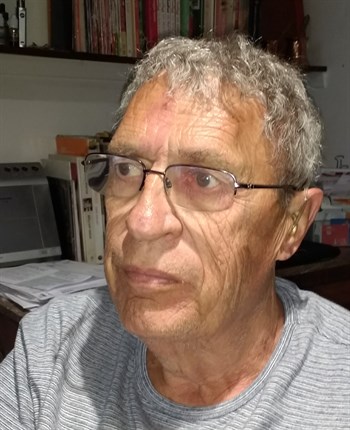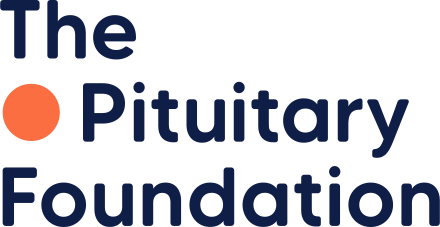Acromegaly was first unexpectedly recognised by an Iraqi urologist during a consultation about prostatitis, in a private hospital in Dubai in early February 2008. Despite my disbelief, an MRI was carried out which showed a large growth on the pituitary and subsequent blood tests showed abnormally high levels of GH. There was no-one in the hospital who had any experience of dealing with acromegaly, but octreotide and cabergoline were prescribed and, following a chaotic search through the chronically un-joined-up private health system in the Emirates, I managed to track down supplies of the rare and rather expensive octreotide. I undertook monthly injections under a sympathetic British endocrinologist in a small private clinic near my house. The drug began to have an effect and my GH levels fell to just about the top of the normal range. My facial features also responded quickly to the drug, and I lost the pudginess which had unknowingly built up. However, there was nowhere in the UAE to get any further treatment.

Six months later I returned to England and a young doctor in my local practice instantly realised the importance of getting further treatment and referred me immediately to a regional hospital which had the necessary expertise. I was seen very quickly by a neurosurgeon who specialised in the removal of pituitary adenomas. The hospital was able to schedule an operation in December the same year (2008). I was assured that the operation would allow me to go back to Dubai a couple of weeks after the op, and this was indeed the case. I spent four days in hospital and was released feeling relatively well, and within three weeks was back in Dubai. The rapidity and professionalism with which the NHS dealt with the problem was a welcome relief following the chaotic experience of private medicine in Dubai.
I felt so well that I was able to fling myself back into work, despite the warning from the outreach pituitary nurse to take it easy. Her warning turned out to be true and after three months I began to feel the effects of the surgery and had to take a week off work to recuperate. The following summer I returned to the neurosurgical unit where the surgery had taken place for a follow up, and, in a consultation with the head endocrinologist, was advised that there was no reason not to return to Dubai and, provided I continued with octreotide, that I should be able to continue to lead a normal life.
This was, in fact, partially true, but I decided that I would like to return to England to continue treatment. From what I had been able to read on the internet about acromegaly, radiotherapy was the recommended follow up treatment following surgery, and such therapy was not available in the UAE.
I returned to the neurosurgical unit in the regional hospital where I had further scans and a new neurosurgeon recommended that more of the tumour could be removed. The tumour, from the beginning had been problematic, due to the fact that it was wrapped around the carotid artery and the first surgeon had said that he had only partially removed the offending tissue. Thus, a second operation was undertaken at the end of 2010. This was an operation in which the surgeon enters in through the nose rather than behind the lip as in the previous operation. It also involved a fantastic piece of advanced technology which allows the surgeon to work on a virtual image of the tumour prior to carrying out the procedure. One of the principle complications of trans-sphenoidal surgery (as pituitary operations are known) is that the surgeon may accidentally ‘nick’ the dura (the membrane surrounding the brain and the spinal cord). This happened in this second operation due to the difficulty of trying to remove as much of the tumour as possible. So a second period in the theatre was necessary, where a fatty patch taken from my thigh was used to seal the hole in the dura. In all, I was in the hospital for 10 days.
Recovery from this second operation was much slower, and six months later I was still sleeping a great deal during the day. Parallel with the neurological investigation, my local practice had been investigating the cause of breathlessness which I had been experiencing. After tests, it was discovered that this was caused by sleep apnoea. I was referred to the sleep unit at a local hospital where I was provided with a CPAP machine to help with sleep at night. Many of the patients at the sleep unit were extremely overweight, but the doctors said that a large number of patients also suffer from acromegaly as the effect of too much GH is to thicken the tissues in the throat thus causing breathing problems.
At the regional hospital, where the surgery had taken place, I was under the care of an enthusiastic young consultant endocrinologist who had suggested that I have a colonoscopy as GH often caused prolapses in the colon to grow. Luckily, the colonoscopy showed I was clear. However, tests also revealed that although the drugs and surgery had brought my GH levels down dramatically, an important protein, IGF-1, was too high and would still cause problems. The endocrinologist also felt that my fatigue might be due to cortisol levels and, following tests, he suggested that I might be suffering from Cushing’s disease.
It was suggested that further treatment would be needed to reduce the IGF-1 and to deal with Cushing’s. He recommended a highly experimental drug, pasireotide which I began in late 2012. Thus began one of the most difficult years of my treatment. Unlike octreotide, which had an LAR version only requiring monthly injections, I needed to inject pasireotide three times daily, which was highly inconvenient.
The most common problematic side effect of this drug was the raising of sugar levels and after three months, and an increase in the strength of the pasireotide, my blood levels rose significantly. I required much more aggressive treatment than I had been receiving (although we had agreed that we would discontinue the drug rather than use insulin). It is interesting to note my sugar levels had been increasing over the last 12 years or so and reflecting on this, I am pretty sure that, along with other symptoms, this had been caused by an imbalance of hormones. Now that my hormone levels are back to normal, I am one of those rare people who have ceased to be diabetic (see below).
The endocrinologist had hoped that pasireotide would have tumour-reducing effects and thus remove the necessity of radiotherapy, but after taking advice from colleagues, it was decided that a course of radiotherapy should be undertaken. Therefore, in the autumn of 2013, I underwent a five-week course of radiotherapy and ceased the pasireotide therapy. During the course, I felt very few side effects, but subsequently I felt quite fatigued.
Since then I have been regularly monitored by my local endocrinologist. The immediate results of the radiotherapy were difficult to establish, but an MRI showed that the tumour had stabilised and the blood tests indicated that GH, IGF-1 and other hormones were within normal limits, and the bonus was that in 2015 my blood sugars had returned to normal and I was able to discontinue diabetic control drugs and have been removed from the diabetic register.
As to my health, early on I had a discussion with my endocrinologist about whether the treatments would cure me, and what ‘cure’ meant. She acknowledged the difference between ‘feeling better’ and control of hormones and body chemistry. As a clinician, the only judgements she could be certain of was the latter. The treatments I have undertaken have clearly resulted in properly balanced body chemistry. The only hormonal adjustments I need to take relate to thyroid and testosterone. I have also been able to reduce my blood pressure tablets (as with blood sugars, I had been dealing with increasingly rising blood pressure for the last 20 years).
However, as regards ‘feeling better’ I am still far from feeling as well as I did 12 years ago. I have great difficulty walking due to claudicant leg pains, arthritis, and breathlessness. I still suffer from general fatigue. The leg pains pre-date the diagnosis by a couple of years, when I had to give up tennis but have steadily worsened. The lengthy treatment has also taken a toll psychologically and there are periods when I have felt and feel quite down. Treatment of acromegaly has clearly improved hugely over the last 20 years. When I was first diagnosed, a search on the internet said “there are a number of treatments for acromegaly using surgery and radiotherapy, but, unfortunately, many of these result in death” and the first neurosurgeon, when I was still disputing that I had acromegaly, said that I was quite lucky as “most people with acromegaly are dead by the time they are 60”. Modern medicine, and especially the excellent treatment provided by the NHS, means that the damage that would be done by uncontrolled GH on the vital organs of an ageing body have been halted, but it cannot be expected to rewind the clock entirely.
Reflecting on the whole process, I am incredibly grateful to the Iraqi urologist for noticing the features of acromegaly. It is amazing how initial diagnosis depends on being sensitive to bodily features. During my treatment, I have come across a person who was diagnosed by a stranger on a bus and one who was diagnosed when she appeared on a local TV programme. I now see that many of the ailments that had been building up over the years were down to acromegaly. It is a rare condition, but it can be treated, provided it is diagnosed and no it longer has the catastrophic prognosis of 20 years ago.







